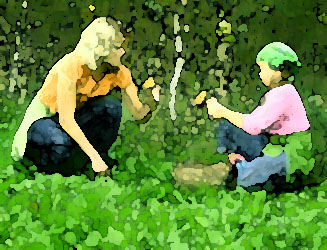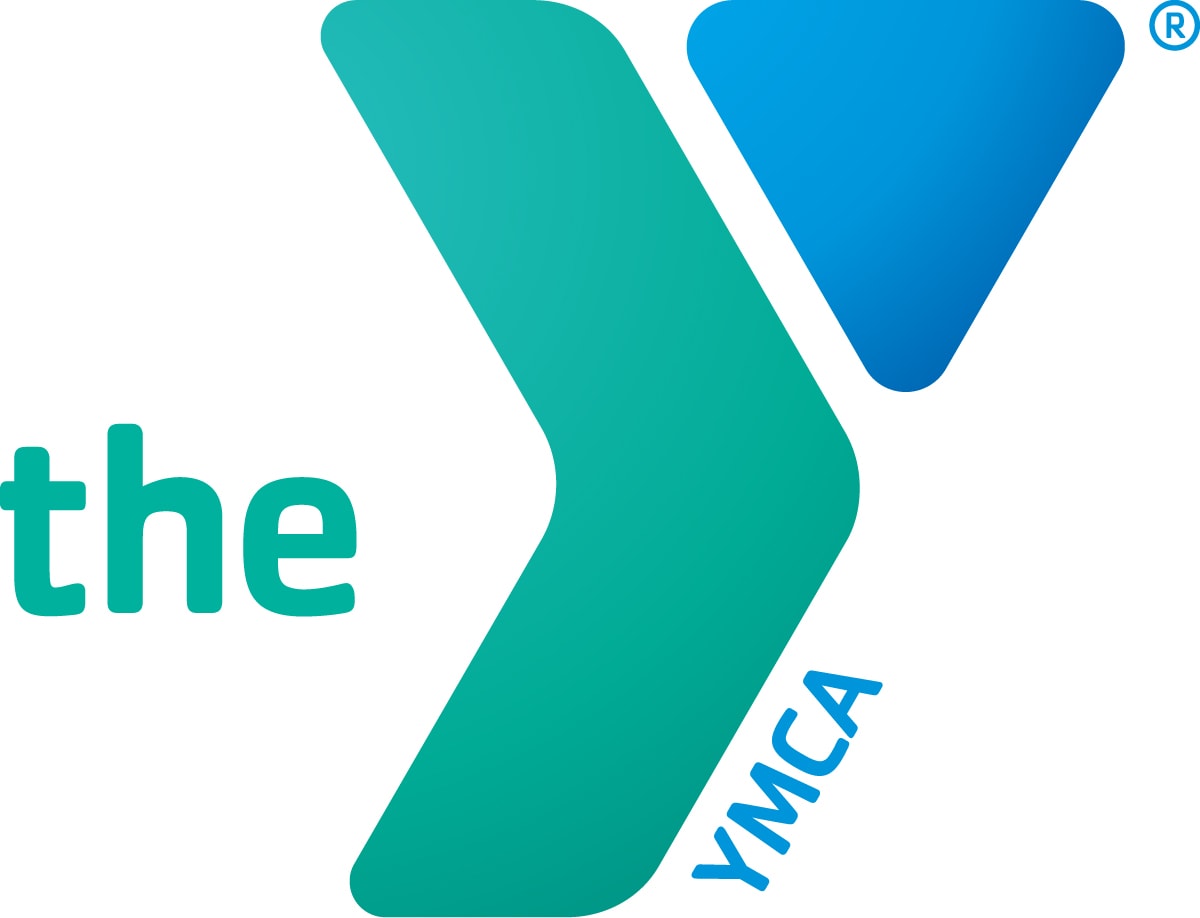By Sheryl Eisenberg, author of This Green Life, a monthly column for the Natural Resources Defense Council, and This Green Blog
What is the secret to raising environmentally aware kids in this age of hyper-consumption and waste?
In seeking the answer, I look back to my own upbringing in the 1960s shortly before the first Earth Day. Like our neighbors, my family had recently begun using paper napkins instead of cloth and would run the water as if there were an infinite supply. It was the dawn of the disposable age.
One day, the milkman stopped coming and we started buying milk in the store. I don’t know why – whether because my mother wanted to modernize her household or because the farm folded (there are certainly no farms in the area today). I only know that our glass milk bottles became a thing of the past. So, too, the crate on the backdoor step where we used to leave the empties for pick-up. Our milk now came in cartons, which we discarded in the trash.
Most people welcomed this new, convenient lifestyle, but not my father. The earth’s resources are limited, he would quietly point out, as he turned off the water I left running. Paper comes from trees, he would comment, as he refolded his unused napkin after a meal.
These were fine lessons, but depressing ones, and I never would have heeded them if not for the joyful lessons in nature that accompanied them.
On a weekend afternoon with nothing much to do, my father would take me outside for some fun. We might bring my hamster with us to let him run free on the lawn. (My father was very concerned that Hammy’s whole life experience should not be the cage and my bedroom.) Or we might take pencils and pads with us and go draw a tree. We would look at it from all sides and put our hands on the trunk to get to know it with all our senses. Sometimes, he would overturn loose flagstones in the walkway, or rocks in the little woodsy section out back, so that we could see what lived underneath. If I screeched at a wriggling worm, he would say, “every creature has its purpose,” and tell me that the worm helps to keep the soil rich. For a special treat, we would visit the deer at the land reservation in the next town or hike out to our local waterfall.
This was the beautiful world we were protecting — and these were the resources we couldn’t afford to waste. He didn’t need to spell it out.
Some things, however, did have to be explained. On a family trip to Israel as we were settling into our rooms, my father suddenly said, “Don’t flush the toilet unnecessarily. Water is very precious here.” If he hadn’t said it, I never would have made the connection – not because I didn’t know it was a desert country (I’d heard it before and saw the brown hills when I got there), but because I had never stopped to think where the water in a toilet came from. It just seemed to be, well, there whenever you needed it. The idea that it came from a stream or well that could dry up would never have occurred to me.
My beloved father is long gone, but I’ve carried his lessons with me and have tried to apply them as best I could within the context of my modern, mainstream, urban life. Somewhere along the line, I realized I had something to share and started writing about them as well. (Read my latest column on starting composting for Earth Day or an old column on trees featuring a photo of my father – in nature, naturally – and one of my drawings.)
So, how do you raise environmentally aware kids? My own life experience tells me this: Take them outside as often as possible, explore nature together and talk about what you observe. Teach what you know, wonder aloud about what you don’t and encourage them to do the same. If you do this with love throughout their childhood, the connections will come and the lessons will stick.
Happy Earth Day!










